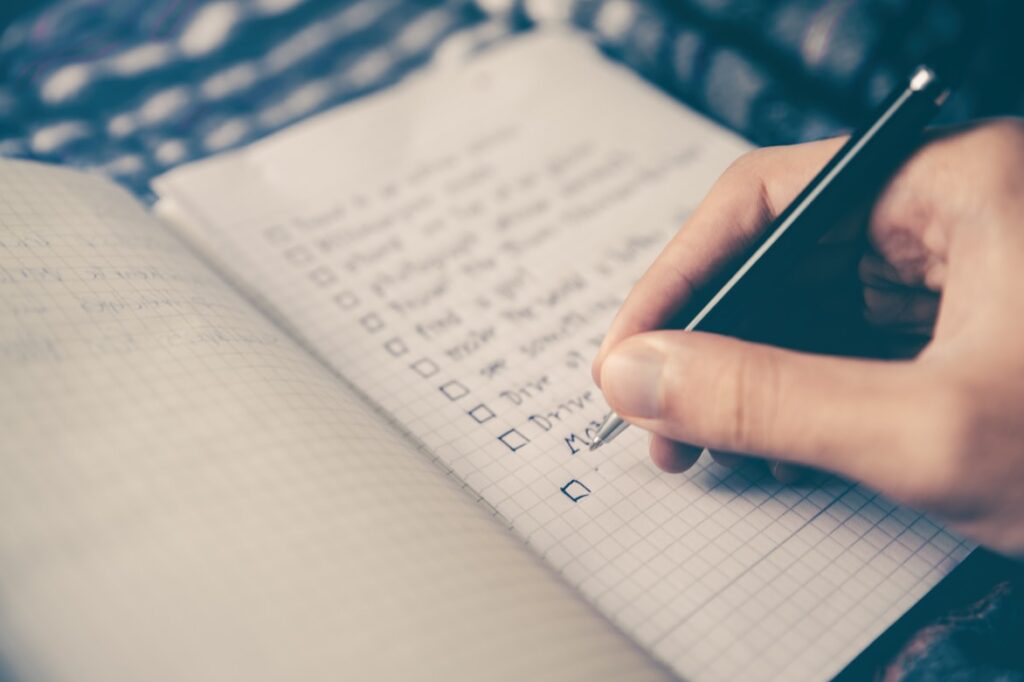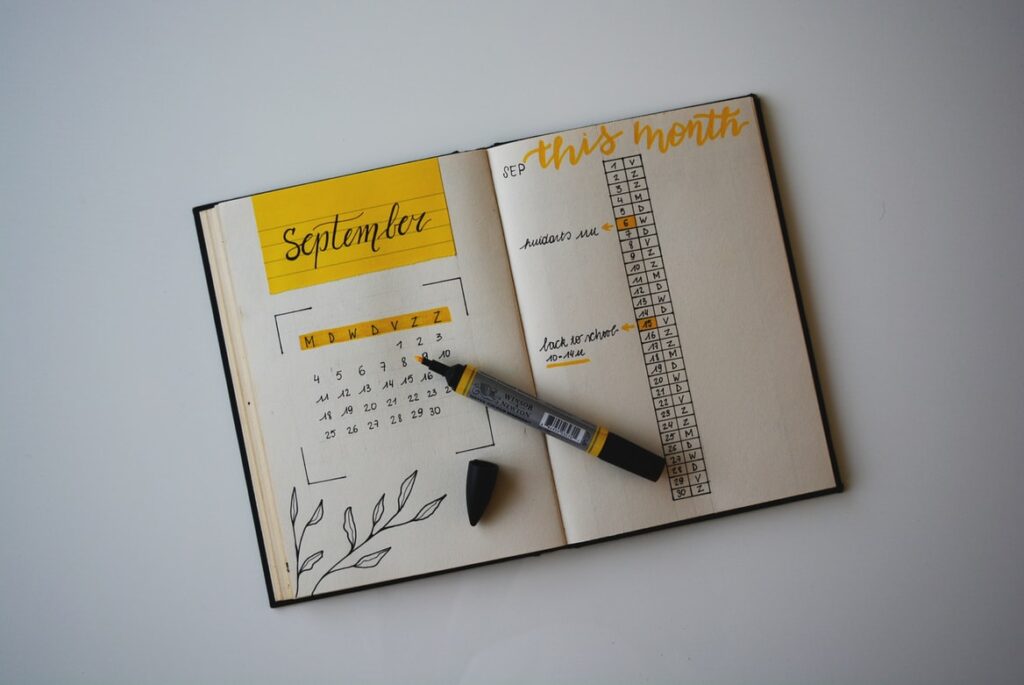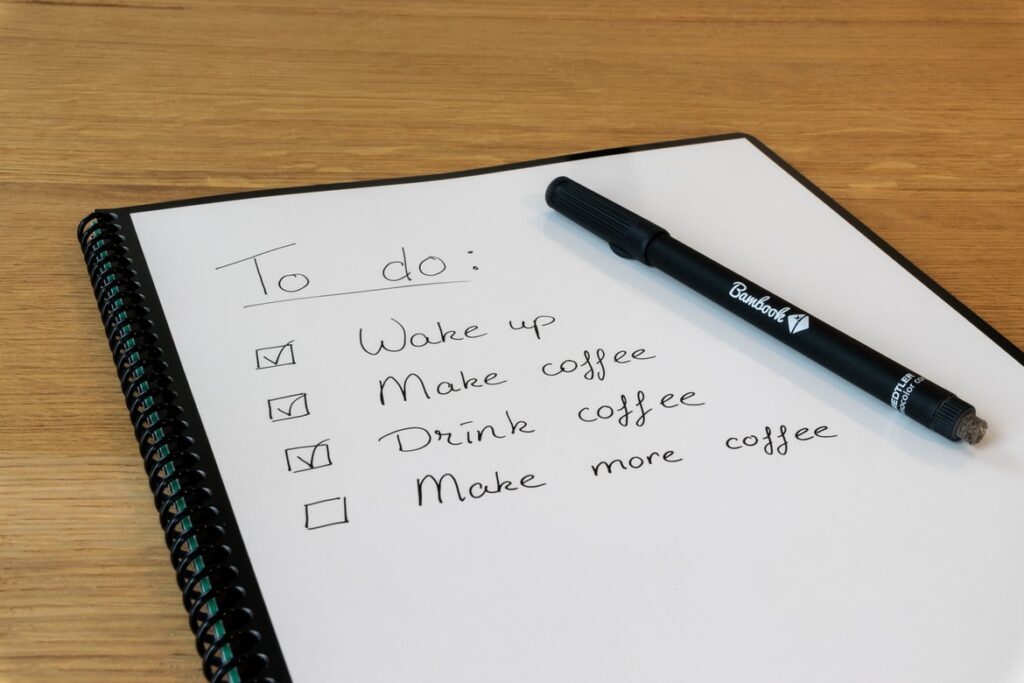In the world of business, checklists have been used for decades. They are a tool that can be used to improve quality and reduce risk in any process or production line. In fact, checklists have proven so useful that it’s now recommended by many experts as a standard operating procedure for all professionals. But what is a checklist? And how do you use them? This article will answer those questions and more!
What is a Checklist?

A checklist is simply a list of items that need to be completed in order for a task to be successful. They can be used in any field, from business to medicine to cooking. The key is to make sure that the items on the checklist are specific and measurable so that you can track whether or not they have been completed.
Example of a Checklist
Let’s look at an example. A part-time waitress working one Sunday morning might make a checklist for her restaurant duties as follows:
- Greet customers within 3 minutes of arrival
- Verify customer drink orders before leaving the table
- Bring order back to the kitchen within 12 minutes of receiving it
- Check back with each table every 2-3 minutes
- Bus dishes and clean tables between orders
- Thank customers as they leave
This is a fairly simple checklist, but it covers the basic tasks that need to be done in a restaurant. It’s important to note that the items on the list are specific, meaning that there should be no question as to whether or not they have been completed. The waitress has the option of tweaking these steps to make them better fit her specific needs, but this checklist will work for now!
Why Do We Need Checklists?

Checklists are necessary because human beings are naturally forgetful. As our brains get “busy,” we tend to forget the small details that can make or break a task. By using a checklist, we can ensure that those details don’t slip through the cracks. Additionally, checklists help us to stay organized and on track, which is especially important when working on multiple tasks simultaneously.
Mistakes You’re Doing When Making a Checklist
If you’re new to the world of checklists, you might not know where to get started. There are countless articles out there that offer their own advice on what to put on your list and how to use it effectively.
Unfortunately, many of these articles don’t give you any solid information about the mistakes people often make when creating a checklist. That’s why we’ve put together a list of the top mistakes people make when making a checklist so that you can avoid them!
1. Not Tailoring Your Checklist to Your Needs
Every task is different, which means that your checklist should be tailored to fit the specific needs of that task. Don’t try to use the same checklist for every job, or you’ll find that it’s not effective. Instead, take the time to create a checklist that is specific to the task at hand.
2. Not Including Specific Instructions
If you want your checklist to be effective, you need to make sure that the items on it are specific and measurable. In other words, don’t just list general tasks that need to be completed. Instead, break each task down into smaller steps so that there is no question as to what needs to be done.
3. Not Prioritizing Tasks

When creating your checklist, it’s important to prioritize the tasks that need to be completed. This means that you should put the most important tasks at the top of the list, and work your way down. This ensures that you’re focusing on the most important tasks first.
4. Including Tasks That Have Already Been Completed
It’s easy to make the mistake of including tasks on your checklist that have already been completed. To avoid this, make sure to cross off or delete any tasks that have been completed. This will help you to stay organized and on track.
5. Not Reviewing and Updating Your Checklist Regularly
Your checklist should be reviewed and updated regularly, especially if the tasks on it are changing. This ensures that the checklist remains effective and up-to-date.
6. Not Sharing Your Checklist with Others

If you’re working on a team, it’s important to share your checklist with others so that they know what needs to be done. This helps to ensure that everyone is on the same page and that tasks are completed efficiently.
7. Not Training Others On Your Checklist
If you’re training someone else to do a task, make sure to train them on your checklist. This will ensure that they know what needs to be done and that they are doing the task correctly.
8. Not Using a Checklist In the First Place!
This may seem like an obvious mistake, but it’s one that people often make. If you’re not using a checklist, then you’re not using an effective way to organize yourself and track your progress. Start using one today!
9. Not Using Venngage

Venngage is an online checklist maker that provides a wide range of free checklist templates for everyone. From daily checklists to business and process checklists, Venngage has it all. To give you an idea, here are some checklist examples you can use from their website!
If you’re new to the world of checklists, you might not know where to get started. That’s why getting help from free checklist makers like Venngage would give you an advantage. What are you waiting for? Make a checklist and set your priorities straight once and for all!

